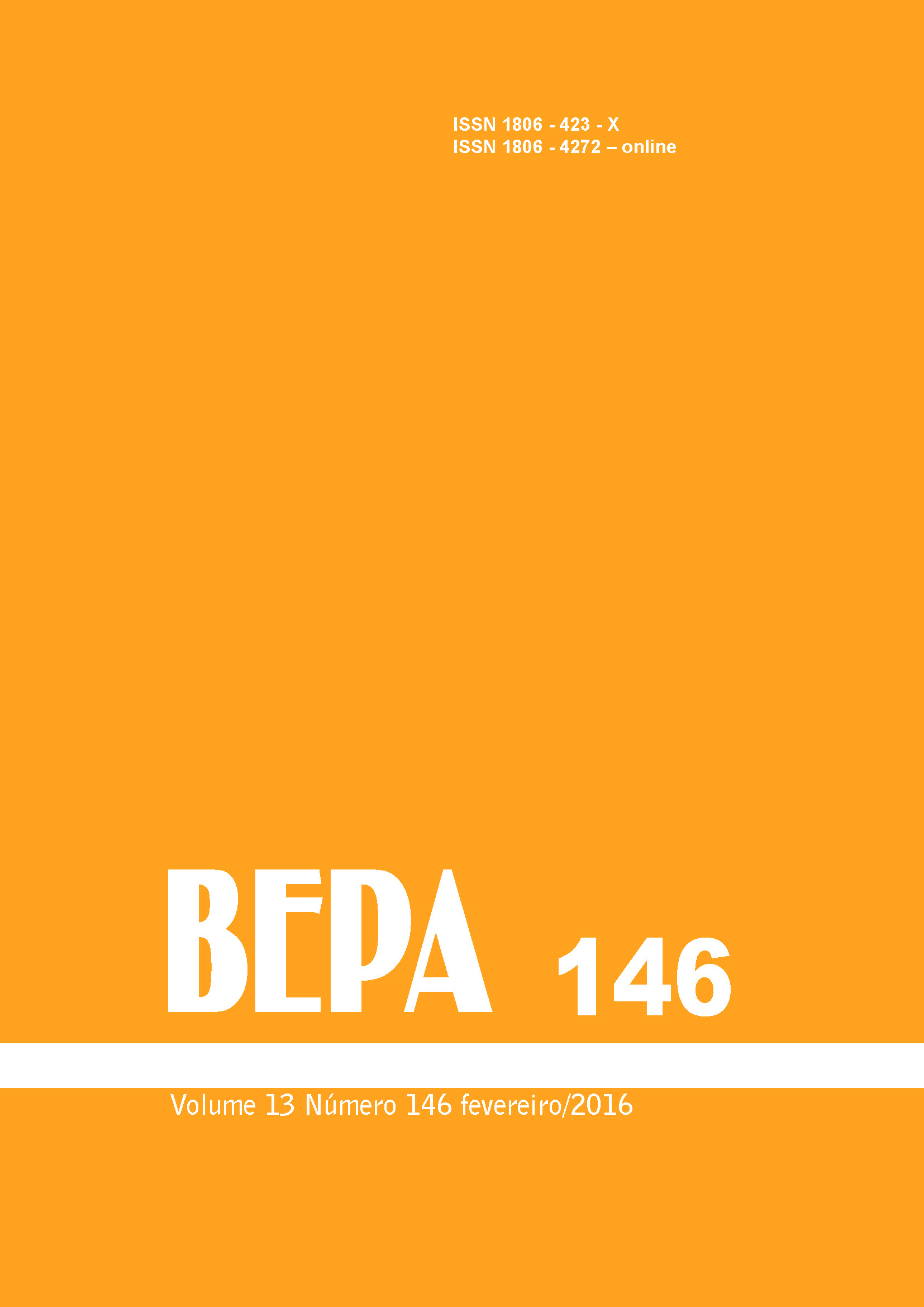Abstract
Even though the importance of visceral leishmaniasis (VL) in Brazil is recognized, the genetic diversity of Leishmania (Leishmania) infantum is still poorly studied. Thus, the use of microsatellite analysis becomes an importante tool for the study of genotypes of Leishmania in endemic regions. The aim of this study was to determine the genotypic profile of isolates of L. infantum from two regions of São Paulo State (SP) analyzing hypervariable regions of DNA with dinucleotide microsatellite markers. This study aims to contribute with information about the possible origins of the parasites, as well as the introduction and spread of VL in this State. Multilocus microsatellite typing (MLMT) was performed using a set of 17 microsatellite markers. DNA was extracted from 250 samples collected from dogs diagnosed with VL and 112 (45%) were genotyped: 67 from the northwest region (NWSP), and 29 from the southeast region (SESP) of SP. The results were correlated with other 16 samples from Mato Grosso do Sul State (MS) (which borders NWSP). Although, a small portion of samples was genotyped, it was possible to genotype multiple loci using small amounts of Leishmania DNA extracted directly from dog tissues. Despite the fact that MLMT analysis defined 33 different genotypes, a low polymorphism was detected within the parasites studied with 10 loci being polymorphic. There are two main populations circulating in SP with strong genetic differentiation, one (POP-A) is composed by samples from SESP and NWSP. The other, belongs to the same population found in MS (POP-B), which was the main one population. The majority (93.75%) of MS parasite genotypes belonged to POP-B, with just one sample (6.25%) grouped in POP-A. POP-B also comprised 10.34% of SESP and 26.87% of NWSP samples. Besides one sample from MS, POP-A is composed by 73.13% of NWSP and 89.66% of SESP samples. All these data together contributed to the detection of the genetic profile of L. infantum populations in SP State.

This work is licensed under a Creative Commons Attribution 4.0 International License.
Copyright (c) 2016 Gabriela Motoie, Vera Lucia Pereira Chioccola (orientadora)
